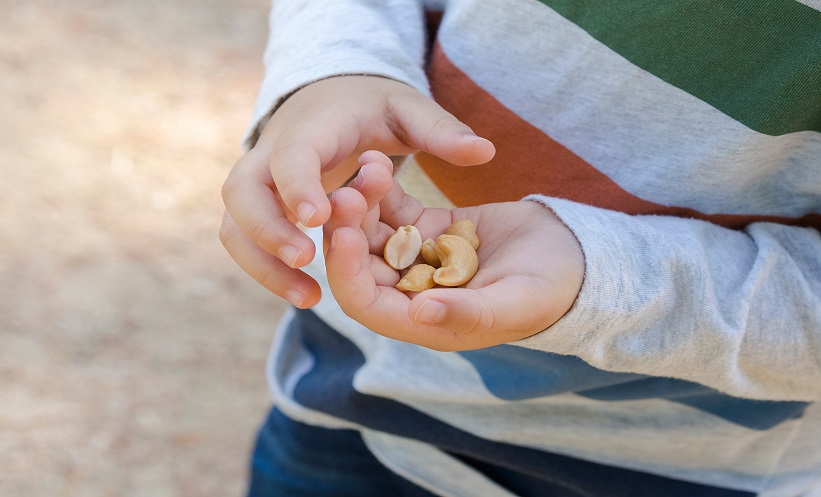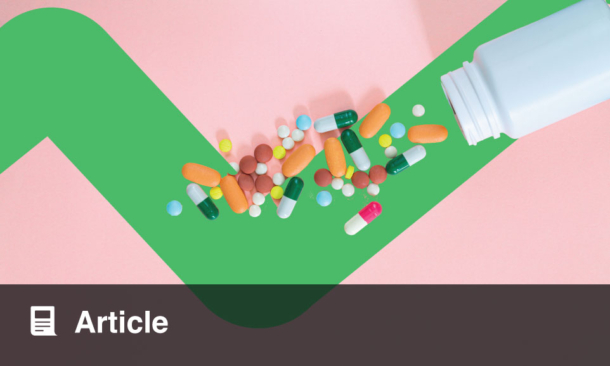“Improving diagnosis of coeliac disease”
As part of this year’s International Coeliac Day, AOECS is raising awareness for an improvement in diagnosis rates of coeliac disease.
Recent statistics show that in Europe only approximately 12%-15% of those suffering from coeliac disease obtain a diagnosis. In many cases, the time between experiencing first symptoms and diagnosis is in excess of 10 years. Misdiagnosis or, indeed, missing diagnosis causes those with the condition to live a life filled with chronic pain and discomfort. If it is left untreated the disease can also lead to a range of subsequent conditions such as infertility, osteoporosis and small bowel cancer. There is no cure for coeliac disease and no medication, the only treatment is a strict gluten-free diet for life.
Coeliac Disease
Coeliac disease affects one in 100 genetically predisposed individuals who develop an inflammation of the small intestine after exposure to ingested gluten.
Gluten is a protein that is found in various cereals, i.e. wheat, rye barley, triticale and crossbred varieties, and triggers an immune-mediated reaction in those predisposed to the disease.
Continued exposure to gluten causes an inflammatory reaction in the bowel tissue leading to a truncating of the villi lining of the small intestine (villous atrophy) and subsequently to a malabsorption of nutrients.
Approximately 10% of all first degree relatives (i.e. parents, siblings and offspring) of those with coeliac disease are at risk of also developing the condition.
Symptoms
Severity of symptoms differs from person to person and can range from gastrointestinal to extraintestinal manifestations. However, due to similar complications associated with other diseases such as anaemia, early osteoporosis, secondary lactose- intolerance and many more, numerous cases are misdiagnosed. In asymptomatic cases, a diagnosis is even more difficult to obtain and coeliac disease can remain undiagnosed.
SYMPTOMS RELATED TO COELIAC DISEASE
- Diarrhoea
- Nausea
- Recurrent stomach pain
- Tiredness and/or headaches
- Mouth ulcers
- Skin rash (Dermatitis Herpetiformis)
- Osteoporosis
- Depression
- Liver abnormalities
- Amenorrhoea
- Neurological problems
- Excessive wind and/or constipation
- Vomiting
- Deficiency of iron, vitamin B12 or folic acid
- Sudden or unexpected weight loss
- Hair loss (alopecia)
- Tooth enamel problems
- Infertility and/or repeated miscarriages
- Joint and/or bone pain
- Type I Diabetes and other auto-immune diseases
- Ataxia
- Neuropathy
Diagnosis
Please note that an accurate diagnosis of coeliac disease requires the ingestion of gluten over a six-week period. It is therefore important that prior to diagnosis, gluten should not be removed from the daily diet.
The three phases in diagnosing coeliac disease:
– symptoms which are consequences of eating gluten containing food
– blood test to check for specific antibodies that indicate coeliac disease
– if the blood test is positive an intestinal biopsy will be done with an endoscope to check if there is intestinal damage typical of coeliac disease
In most cases children will also need to have an antibody blood test, followed by a biopsy to confirm the diagnosis of coeliac disease. However, children of HLA DQ2/DQ8-type with symptoms and a high level of antibodies may not need to undergo a biopsy to confirm diagnosis.
Treatment
The only treatment of coeliac disease is the life-long avoidance of eating gluten. As many ingredients are naturally gluten-free, following a gluten-free diet can be relatively simple to follow. Please visit the Gluten-Free Food section of the AOECS website for more information on naturally gluten-free foods.
However, gluten is widely used in food preparation and can be found ‘hidden’ in a variety of products, i.e. sauces, processed cheeses and sausages. Accurate product labelling is therefore of crucial importance to avoid inadvertent ingestion of gluten and consumers should always check product ingredient lists.
Cross contamination
In the preparation of gluten-free products and meals it is important to be aware of the risk of cross contamination. Cross contamination occurs where gluten-free foods come in contact with gluten-containing foods. These food products are not suitable for those suffering from coeliac disease as they would contain unacceptable levels of gluten.
Eating Out
Another challenge for the coeliac consumer is eating out in restaurants and other catering establishments. Many AOECS Member societies provide training to staff working in the hospitality sector to ensure that gluten-free meals are prepared with the correct ingredients and in fit-for-purpose kitchen areas to avoid cross contamination. For more information on these schemes, please contact our Member societies.
The Crossed Grain Symbol
Quickly and easily identifying foods that are safe to eat is very important for those suffering from coeliac disease. In 2012, AOECS introduced a licensing system for the use of the highly recognisable Crossed Grain symbol on gluten-free products in Europe. For more information on licensing, please visit the ELS page of our website. The symbol is a guarantee of safety and quality as all manufacturers who use it must conform to high standards of production of licensed products. In recent years, a growing range of gluten-free substitute foods have become available, such as gluten-free bread, flour, pasta, crackers and biscuits. For a list of gluten-free products licensed in our Member countries please visit the page Gluten-Free Products in Europe of our website.
For more information on guidelines around children with coeliac disease, please visit the website of the European Society for Paediatric Gastroenterology (ESPGHAN) website at www.espghan.pt
If you would like to test and expand your knowledge on coeliac disease and its diagnosis why look at the below online learning module.
For more information, visit www.aoecs.org or download a pamphlet on coeliac disease available in English and in other languages. Please feel free to display these pamphlets in doctor’s waiting rooms, pharmacies and any other appropriate locations in your area.









